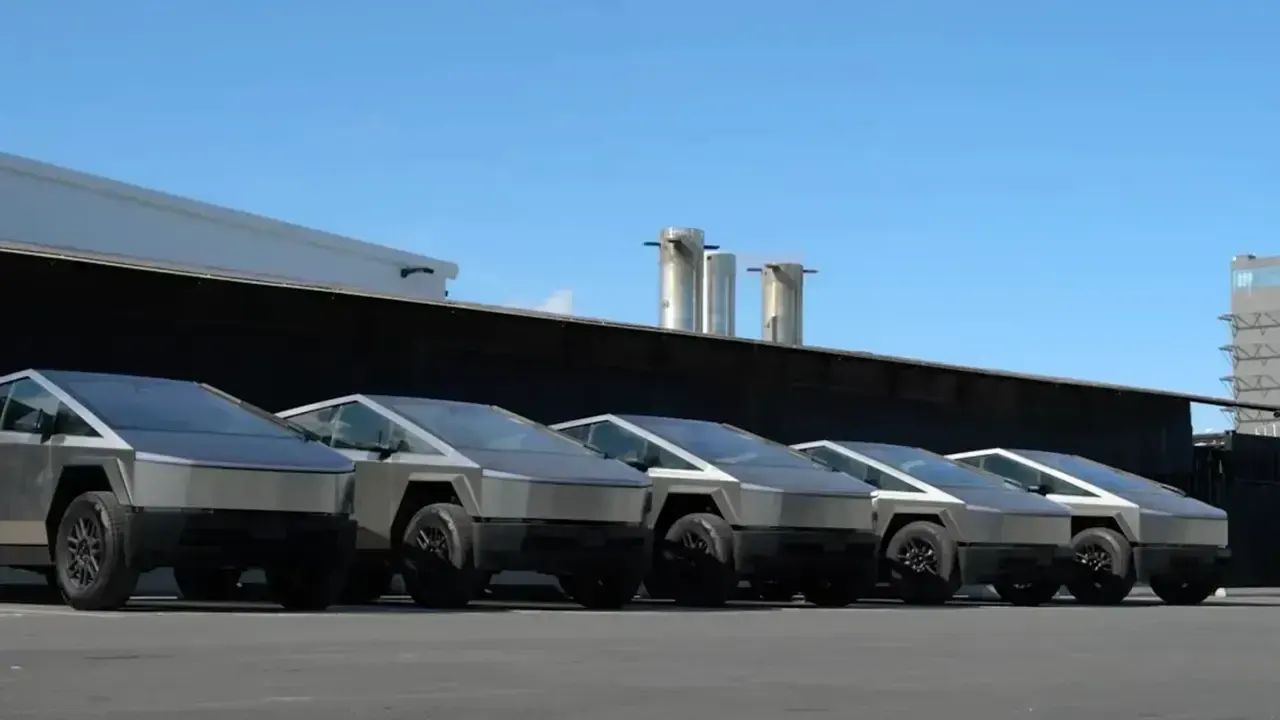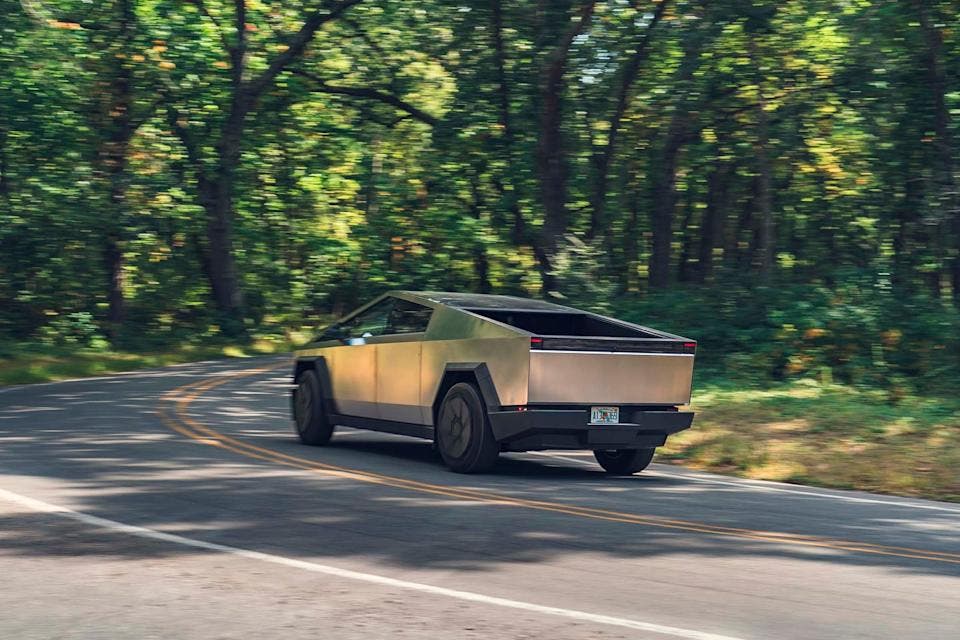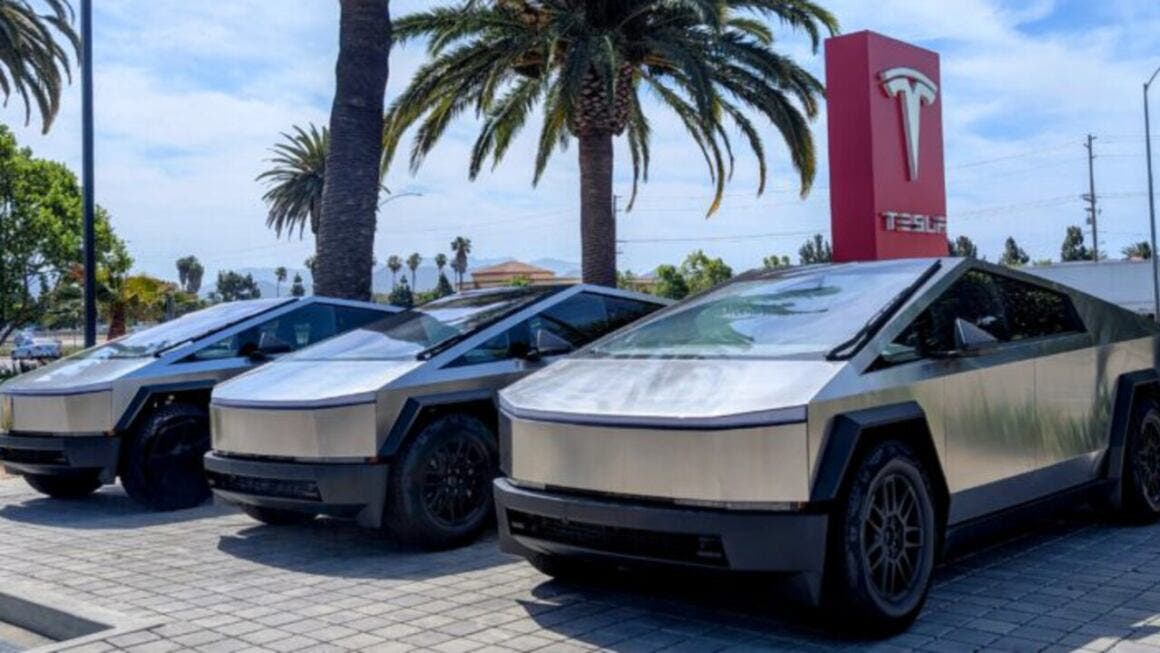The Cybertruck, once billed as the futuristic pickup that would shatter expectations, is now stumbling hard. Q3 2025 delivered a brutal reality check: only 5,385 units sold, a precipitous -63% drop year over year. That’s not just decline, it’s collapse in slow motion. Meanwhile, Tesla’s bread and butter, Model 3 and Model Y, continue their unrelenting march forward, leaving the Cybertruck flailing in the dust.
So what do you do when your shiny stainless-steel pickup can’t find buyers? You send it to your own other companies. Tesla has reportedly begun redirecting unsold Cybertrucks into the fleets of SpaceX and xAI. Fear not, at least those trucks won’t be sitting in inventory lots collecting dust.

Truckloads of them, in fact, have been spotted landing at Starbase and xAI sites over the past week. To be fair, there’s some method in this madness. Tesla has already hinted that its service fleet was due for a refresh, what better way to repurpose unsold inventory than to feed it back into your internal operations?
The official Cybertruck project lead, Wes Morrill, even noted that this integration into Tesla and SpaceX support fleets was always part of the “dream”. When the only apparent buyers for your truck are your own subsidiaries, it suggests the marketplace has voted and rejected. The notion that Elon Musk’s corporate web would scoop up inventory to prop up headline sales feels like a high-stakes shell game.

Tesla has cleared only about 16,000 Cybertrucks year to date, while original promises loomed near 250,000 units annually. Even the expectation for 2025 is a trimmed, 20,000 units, half of what 2024 might have threatened.
This maneuver also exposes deeper problems: poor demand, overambitious forecasting, possible misalignment between design and buyer expectations, and perhaps reluctance to aggressively discount. If your flagship futuristic truck can’t stand on its own in the market, repurposing inventory internally is clever, but also a tacit admission.
